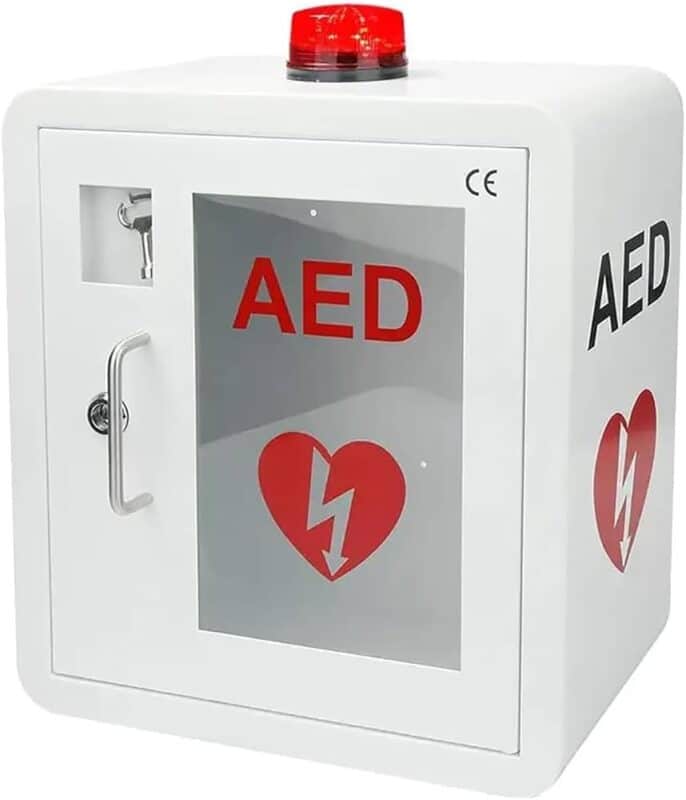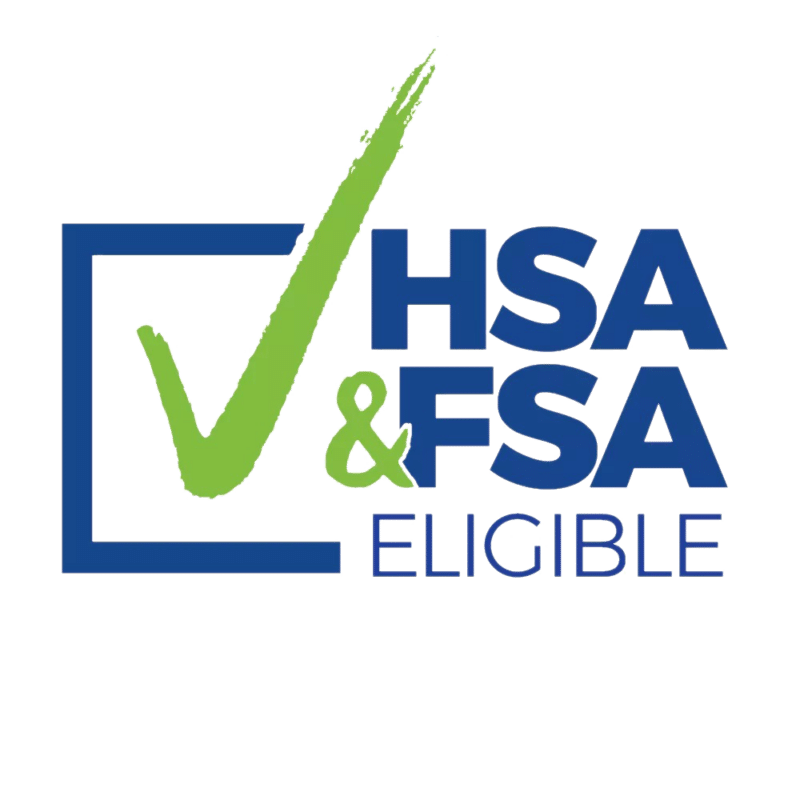No products in the cart.
AED's
The Essential Role of AEDs For Gyms: Safety, Regulations, and Best Practices
Recently, gyms and public spaces alike have come to understand the significance of having Automated External Defibrillators (AEDs), particularly Automated External Defibrillators (AEDs) more fully. With increasing awareness about sudden cardiac arrest (SCA), particularly while engaged in physical activities like gym membership or exercise classes, understanding why AEDs are essential – both legally required as well as best practices pertaining to implementation and use – has never been more essential.
This article explores the AED for gym importance among fitness facilities while deliberations about SCA causes in gyms is critical – understanding why AEDs play such an essential role.
AEDs and Their Function
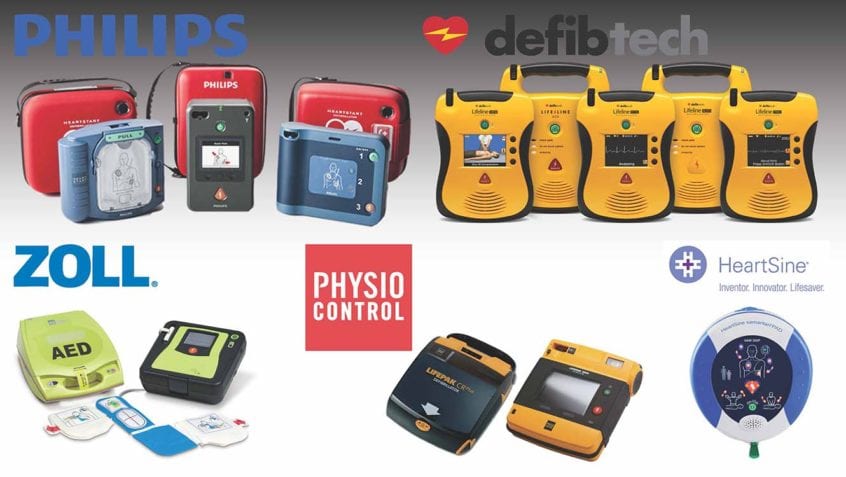
An Automated External Defibrillator (AED) is a portable lifesaving device used to treat sudden cardiac arrest (SCA). AEDs use electric shock therapy known as defibrillation to restore normal heartbeat rhythm for those experiencing an irregular beat pattern. AEDs can be operated without professional medical training making them perfect for placement in public settings such as AED for gyms where emergencies often happen unexpectedly.
Gyms can be high-activity environments where sudden cardiac arrest (SCA) may strike even in seemingly healthy individuals, increasing their risk. Exertion from workouts combined with potential heart conditions increases SCA risk significantly and having an AED defibrillator available could increase survival chances dramatically should someone suffer a cardiac event in one.
A Gym AED provides gym members with an essential emergency response tool and also serves to demonstrate its dedication to their safety and well-being. Quick access to this device may mean the difference between life and death; further emphasizing their importance within any facility.
Are AEDs Necessary in Gyms?
The answer to the question of whether AEDs are necessary in gyms depends on local regulations and industry standards, with regulations often mandating AED for gym availability in high traffic public places where sudden cardiac arrest risk increases significantly such as gyms. Such regulations ensure lifesaving equipment can reach people quickly when emergency responders need it most – providing immediate care should someone experience sudden cardiac arrest during an episode of exercise-induced cardiac arrhythmias occurs suddenly and unexpectedly.
Some U.S. states mandate AEDs be included as part of gym safety protocols by law. Furthermore, various countries have put forth guidelines and standards requiring public spaces – fitness centers included – to be equipped with AEDs as standard practice. It’s vital for gym owners and operators to familiarise themselves with local laws to meet both legal requirements as well as best practices regarding member safety.
Implementation of AEDs in Gyms:
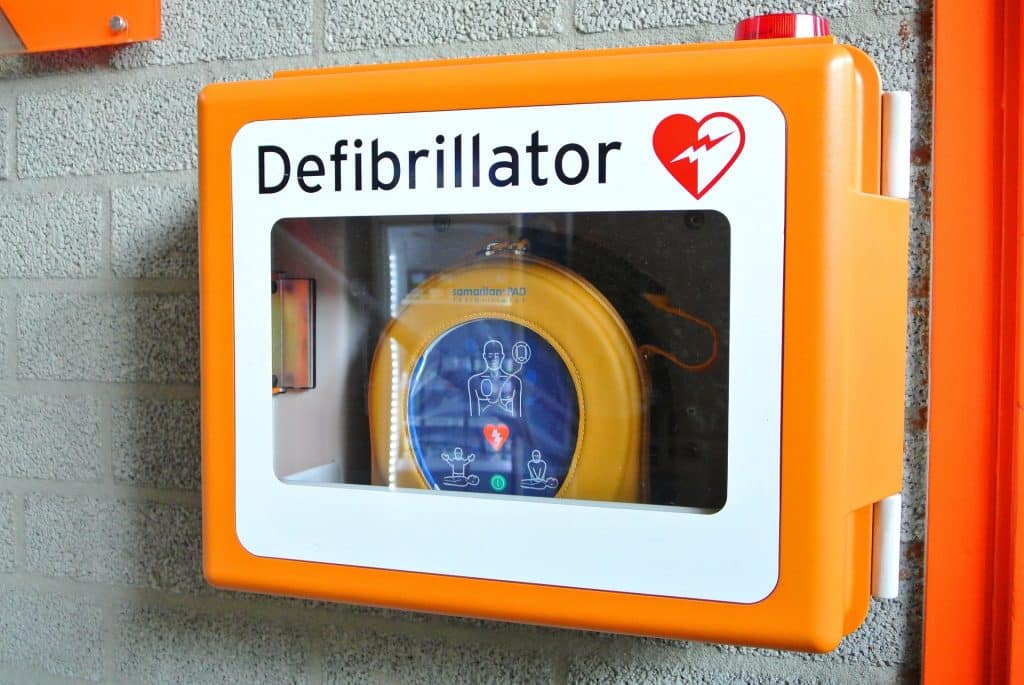
Best Practices For efficient implementation of AED defibrillator within gym environments, several best practices should be adhered to:
Placement:
For optimal use, AEDs should be located in easily accessible spots within a gym, such as near an entrance or centrally within the facility. This way they can quickly be retrieved in an emergency situation.
Training:
Gym staff should undergo training on how to use Gym AEDs properly. Although AEDs are designed for easy usage, proper training helps staff respond confidently and effectively in an emergency. Programs often include CPR (cardiopulmonary resuscitation), as combining it with defibrillation increases survival odds.
Maintenance:
For AEDs to function optimally, periodic inspection is crucial to their operation. This includes checking battery levels, electrode pads and overall functionality – self-check features can alert users if issues arise, however regular manual checks should still be conducted regularly as an added safeguard.
Signage:
Clear AED for gym signage will assist staff and members quickly in finding it during an emergency situation. Easily visible signage that clearly marks its location may help users quickly find it when needed.
Emergency Protocols:
Create and communicate clear emergency procedures regarding Gym AED s use. This should include designating who will use the device, how to notify emergency services, and managing situations while waiting for professional help.
Integrating AEDs Into Gym Safety
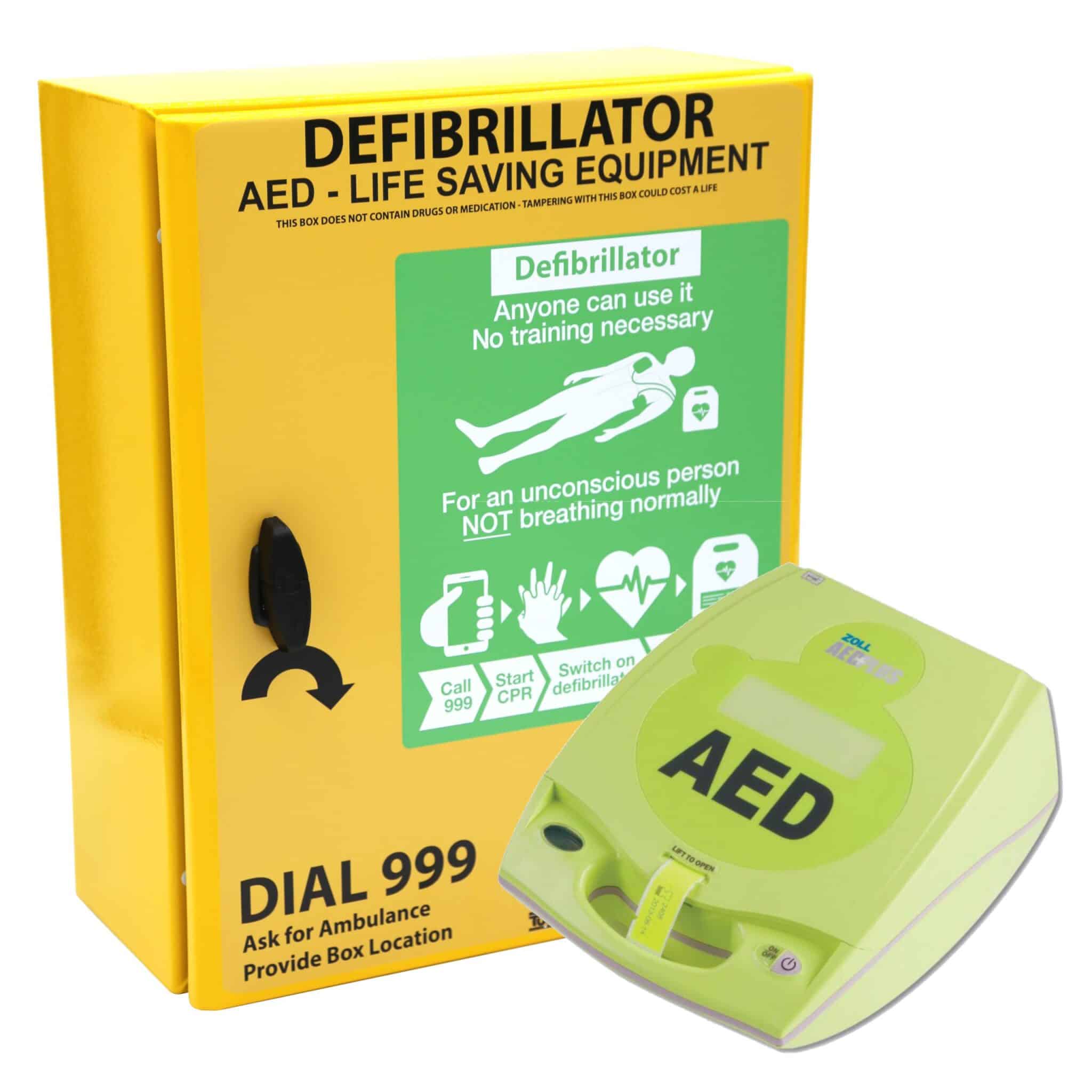
Gyms that incorporate AED machines into their safety plans not only meet legal obligations but can also enhance overall facility security by investing in AEDs and offering proper training/maintenance; in doing so they create a safer environment for their members while showing commitment towards wellness or preparedness as part of fitness center management excellence.
Conclusion AED For Gym
Automated External Defibrillators (AEDs) in gyms are essential elements of emergency preparedness. While legal requirements or simply recommendations do not mandate their presence, having one readily available could significantly change the outcome of sudden cardiac arrest situations. By understanding and complying with regulations on AED for gym use as well as adopting best practices gyms can create safer environments for everyone and uphold industry-wide care and responsibility standards in an AED’s presence in gyms.

